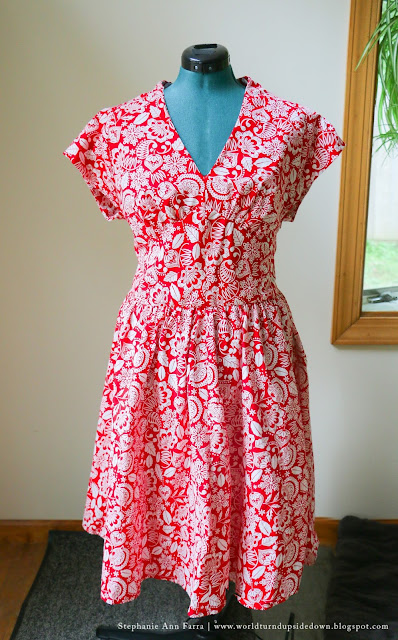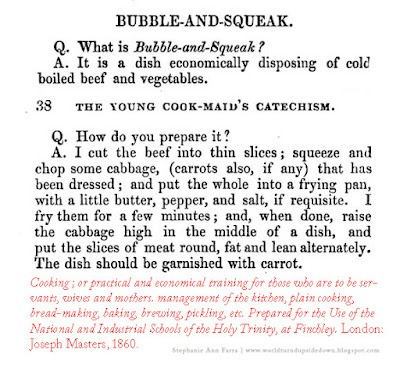I made this dress what feels like forever ago and am only now getting to review the pattern. A few months ago I had the chance to see some old friends that would be coming out my way for the WWII Weekend at Valley Forge (formerly Graeme Park.) I thought it would be fun to hang out with them for more than a day trip since I hadn't seen them in awhile and one of my local friends wanted to meet them so about 2 weeks before, we were convinced to stay for the dance. Now, I know what you're thinking: 2 weeks is not enough time for two girls to prepare for a dance. It wasn't.
We originally thought that this dress would be simple enough for us both to make one in time but it took a long time to find any fabric I remotely liked. Then the pattern wouldn't work for both of us and we didn't have time to do mock ups. My friend amazingly fit into the WWII Dress that I made a few years ago and looked fantastic so I only had to make the one dress. I've been working a lot and it was tough to find sewing time while everyone in the house was awake so I sewed all the way up to the minute I left, as per usual. :D
This patterns on the 40s to 50s cusp. It's easy in terms of historical clothing but 1940s stuff is always deceptively a bit difficult due to high end finishing techniques, small details or odd seams. The pattern itself is a little late for WWII but not excessively so. Similar patterns were popular in the 30s as well as after the war.
I was originally hoping to make the dress out of a light linen from my stash but I was a little short and after a voracious search I settled on this cotton fabric. I was hoping for something with a Hawaiian feel as I wanted to wear it as a sundress this summer.
If I was to make it again, I would probably insist on a lightweight linen or satin and I would definitely take the time to make sure it was properly fitted. It ended up being a little big but there wasn't much I could do about it during the time crunch. We never actually got a picture of me wearing the finished dress but I hope this picture of us having fun in the car on the way will suffice.
The dress is not too difficult and can be sewn in a few days. Just be sure that you are following the correct instructions if you want to make the dress with sleeves. So many people I know have accidentally followed the sleeveless version. I've made this dress a second time in a slightly smaller size and it fits much better.
We had a great night and have both been having fun learning to dance to Swing since. I later made this headband out of the fabric scraps. Haven't worn them together yet but I think it will be cute.
 |
| Forgive the frizzy hair the humidity here is crazy! |
Hope everyone is having an awesome summer and I hope to be posting more soon!
























